Pennies may seem like small change, but for collectors, certain ones are worth more than gold. Over time, rare minting errors, limited production runs, and historical significance have turned these simple coins into prized treasures. From early Lincoln Wheat Cents to obscure mint mistakes, these pennies hold stories that fascinate both casual hobbyists and serious numismatists. Let’s explore 11 rare pennies that have captured the attention of collectors and can fetch astounding prices at auctions or private sales.
1. 1943 Copper Penny
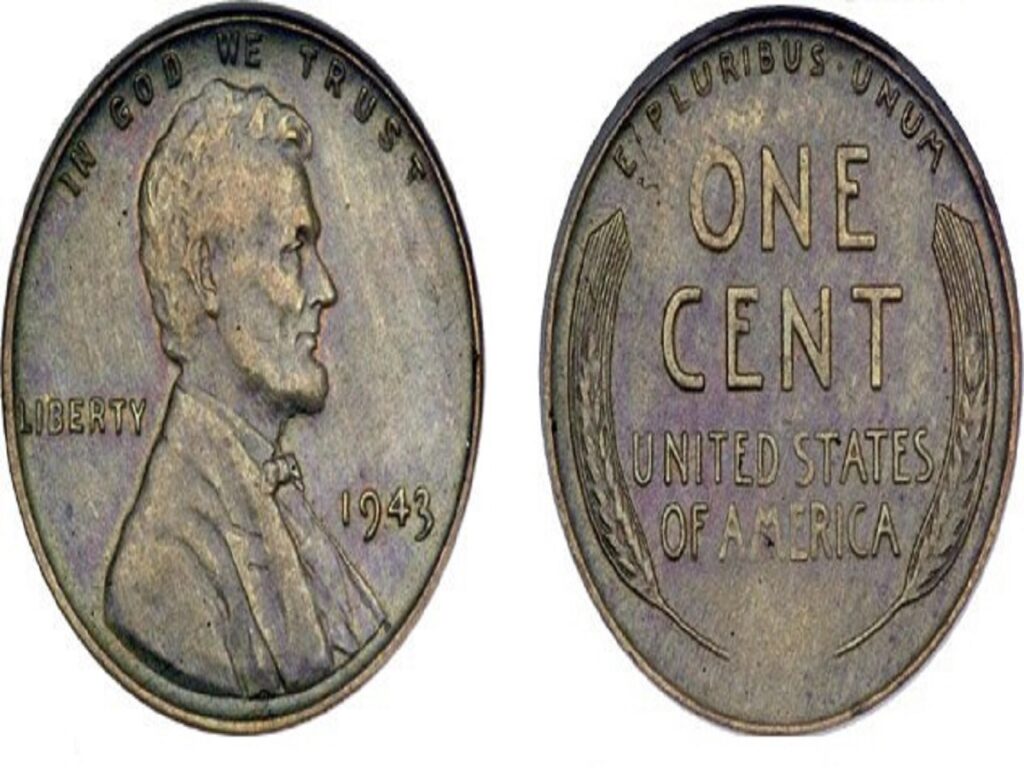
The 1943 Copper Penny is one of America’s most famous coin mistakes. During World War II, copper was urgently needed for ammunition, so pennies were struck from zinc-coated steel. However, a few copper blanks from 1942 mistakenly entered the presses, resulting in these rare copper coins. Only about 40 are known to exist, and they’re easily identified because they don’t stick to magnets like steel ones. Depending on the condition, they can sell for over $100,000. In pristine mint state, they’ve reached prices upward of $1 million at auction, making them the holy grail for collectors.
2. 1909-S VDB Lincoln Cent
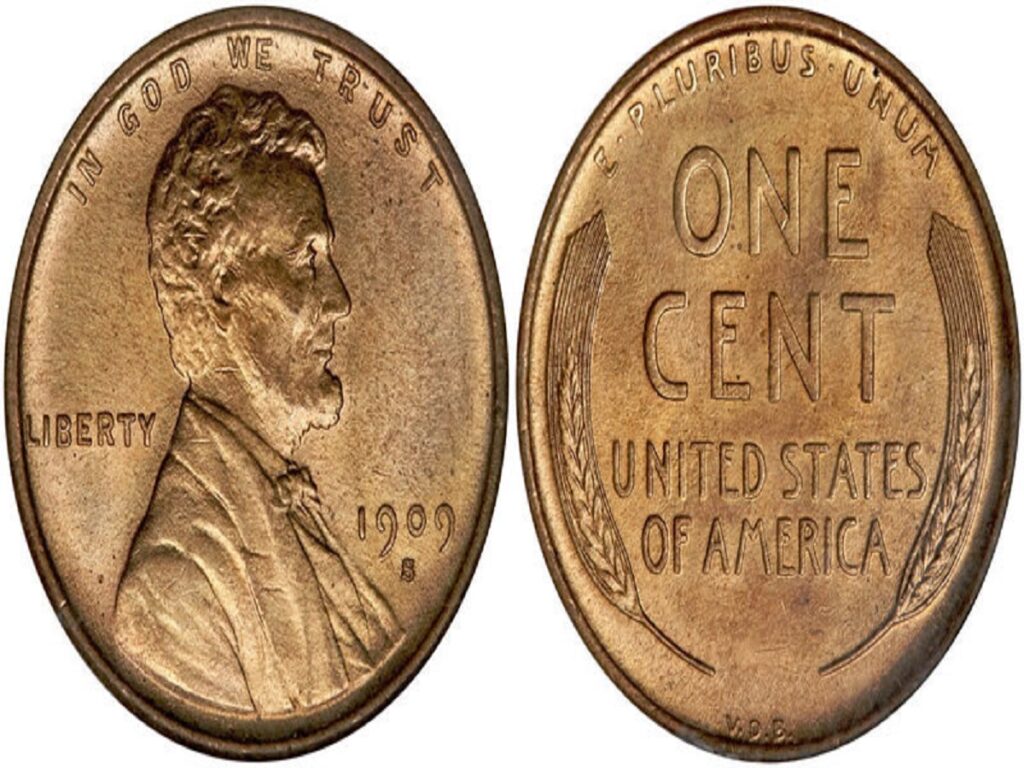
When the Lincoln Cent debuted in 1909, it featured the initials “VDB” (for designer Victor David Brenner) on the reverse. However, public criticism led the Mint to quickly remove them, leaving only a limited number struck in San Francisco with the initials intact. About 484,000 were made, making it one of the rarest Lincoln Wheat Cents. Collectors treasure the 1909-S VDB for its historical importance as the first Lincoln penny and its limited mintage. Well-preserved specimens often command prices exceeding $1,000, while uncirculated ones can bring in tens of thousands.
3. 1955 Double Die Obverse Penny
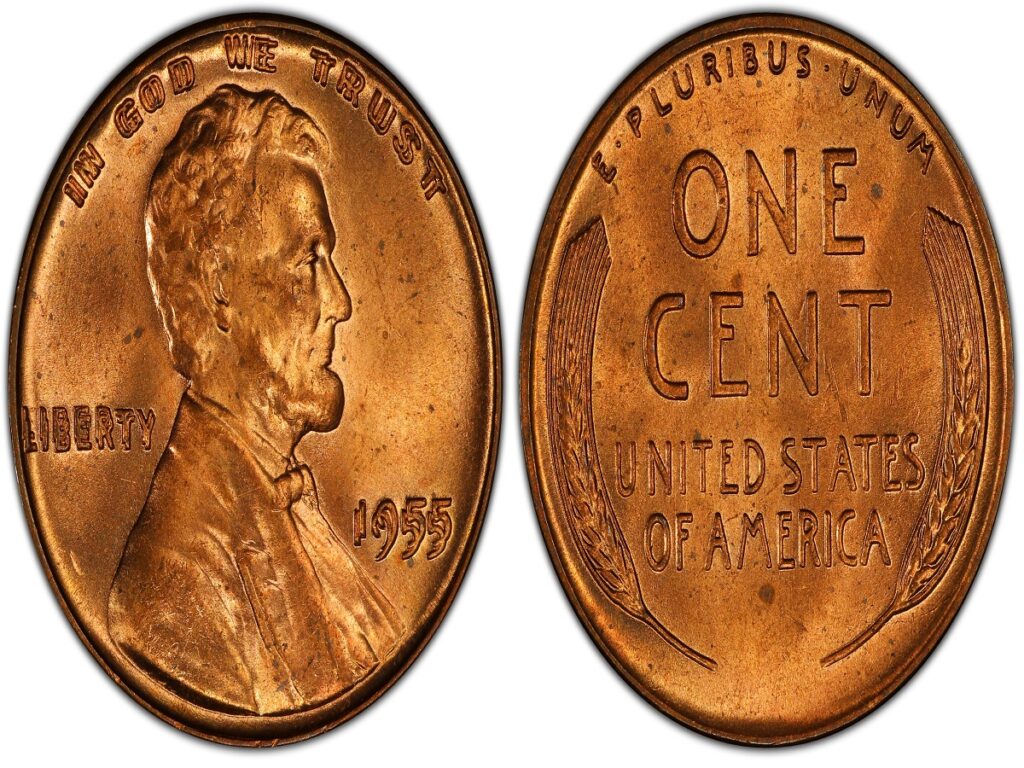
The 1955 Double Die Obverse is a striking error coin where the date and inscriptions on the front are clearly doubled due to a die misalignment during minting. This error is visible to the naked eye, making it one of the most sought-after and recognizable varieties among collectors. Only about 20,000 entered circulation before the mistake was caught. While worn examples might sell for $700, mint-state versions can fetch $15,000 or more. Its fame grew through word of mouth and collector enthusiasm, cementing its legendary status in U.S. coin history.
4. 1922 No D Lincoln Penny
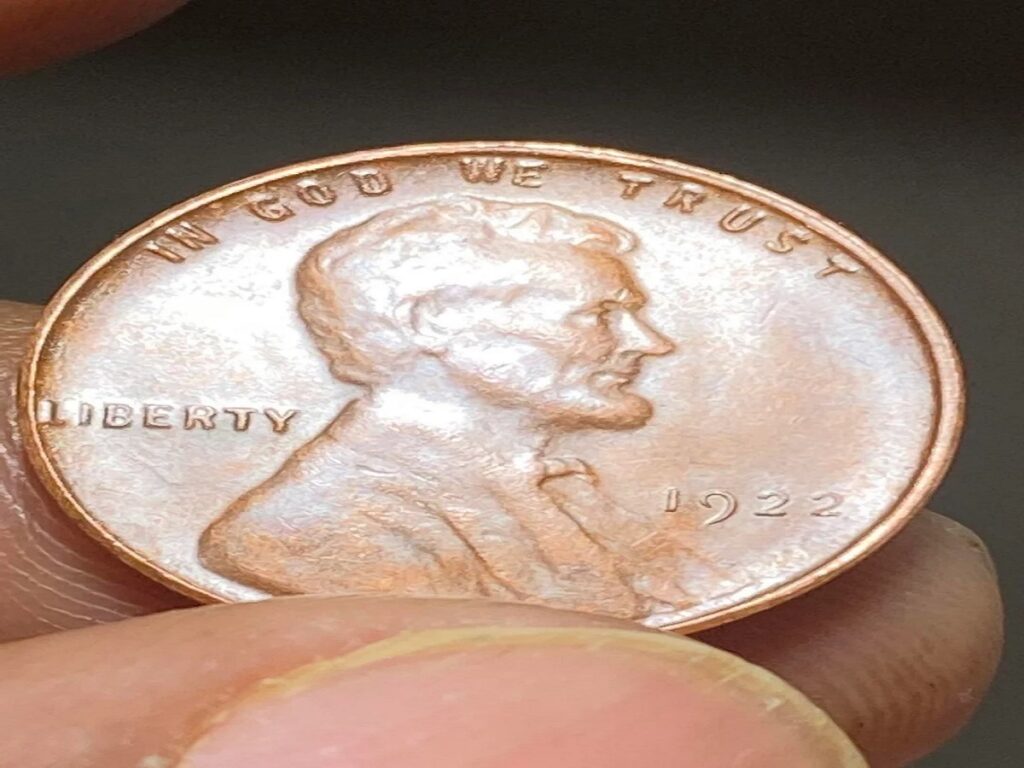
In 1922, only the Denver Mint produced pennies, but due to die polishing and wear, some coins came out without the “D” mintmark. This created the famous 1922 No D penny, instantly recognized as a mint error rather than an intentional omission. Collectors prize it for its rarity and the unique circumstances of its creation. Fewer than 15,000 are believed to exist today. Depending on grade, values range from several hundred to over $10,000. The No D penny stands as a reminder that even small imperfections can create big collector demand.
5. 1877 Indian Head Penny
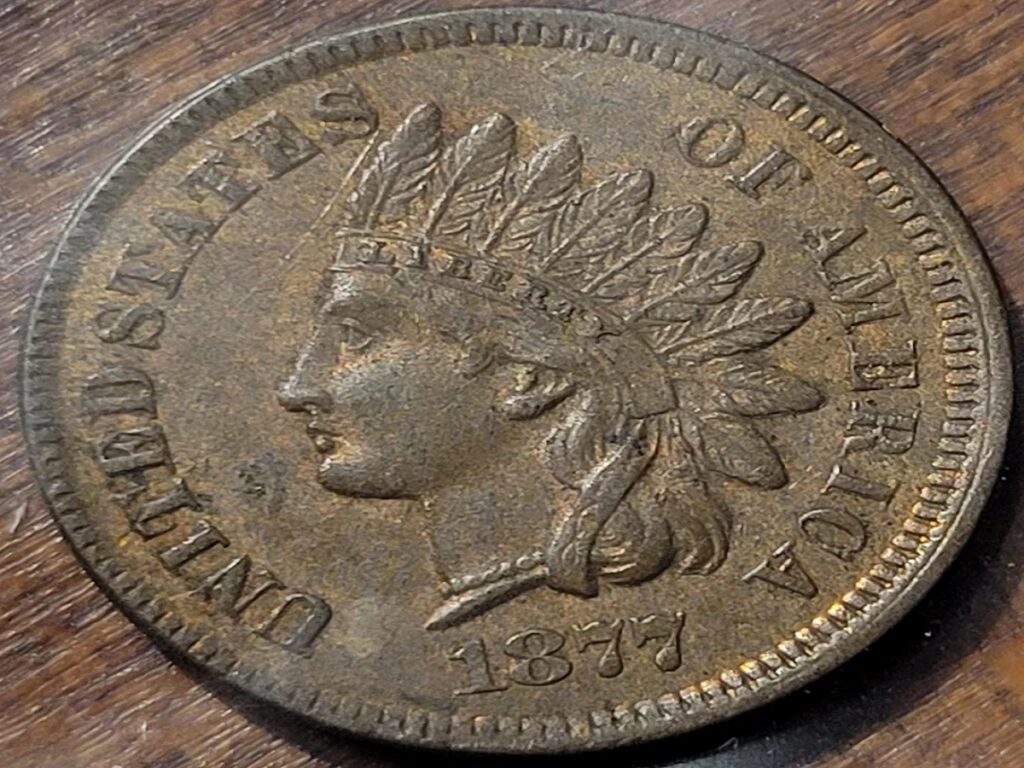
Among Indian Head cents, the 1877 issue is the most elusive. Minted in Philadelphia during an economic downturn, only about 852,500 were produced, a very low number compared to other years. Many were lost or heavily circulated, leaving few in collectible condition. The coin’s sharp design and rich history make it a favorite among advanced collectors. Even worn examples bring $800 or more, while pristine ones easily reach $5,000 to $10,000. The 1877 penny is often the key date that completes or defines an Indian Head collection.
6. 1944 Steel Penny
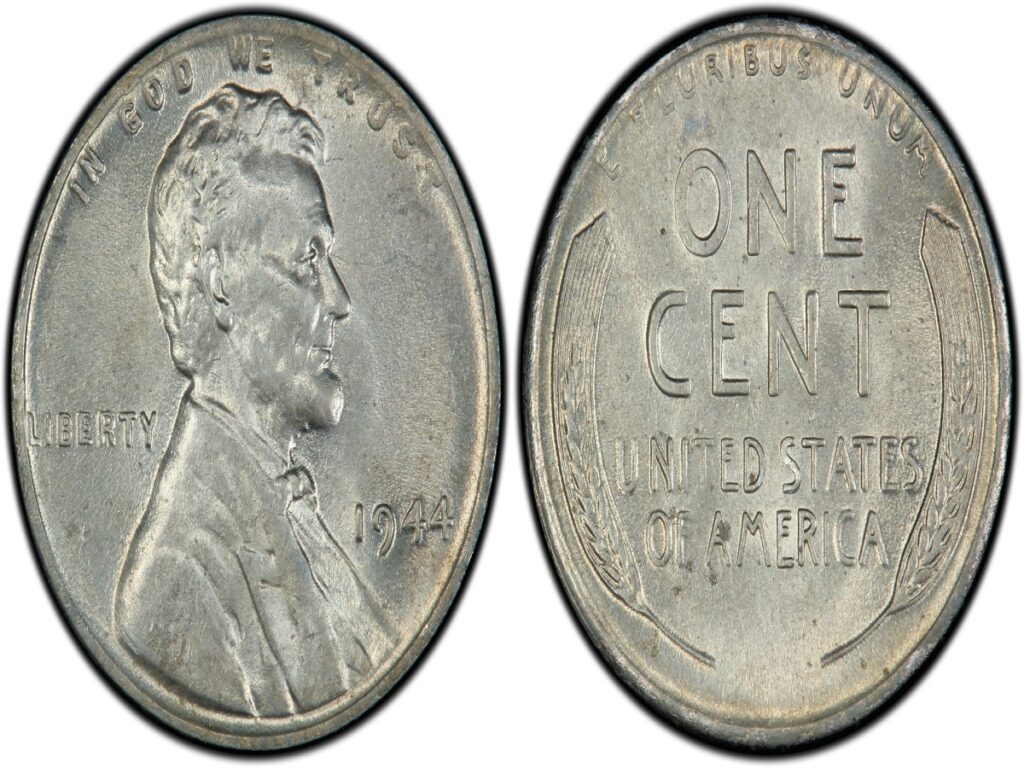
After returning to copper in 1944, a few leftover steel planchets from 1943 were accidentally struck again, producing the rare 1944 Steel Penny. These coins are magnetic and shine with a silvery hue, unlike the copper cents of the same year. Only about 30 are confirmed to exist, making them one of the rarest U.S. pennies ever made. Collectors have paid over $100,000 for high-grade examples, and one famously sold for nearly $200,000. This coin’s rarity lies in its accidental creation during the wartime minting transition.
7. 1969-S Double Die Obverse Penny
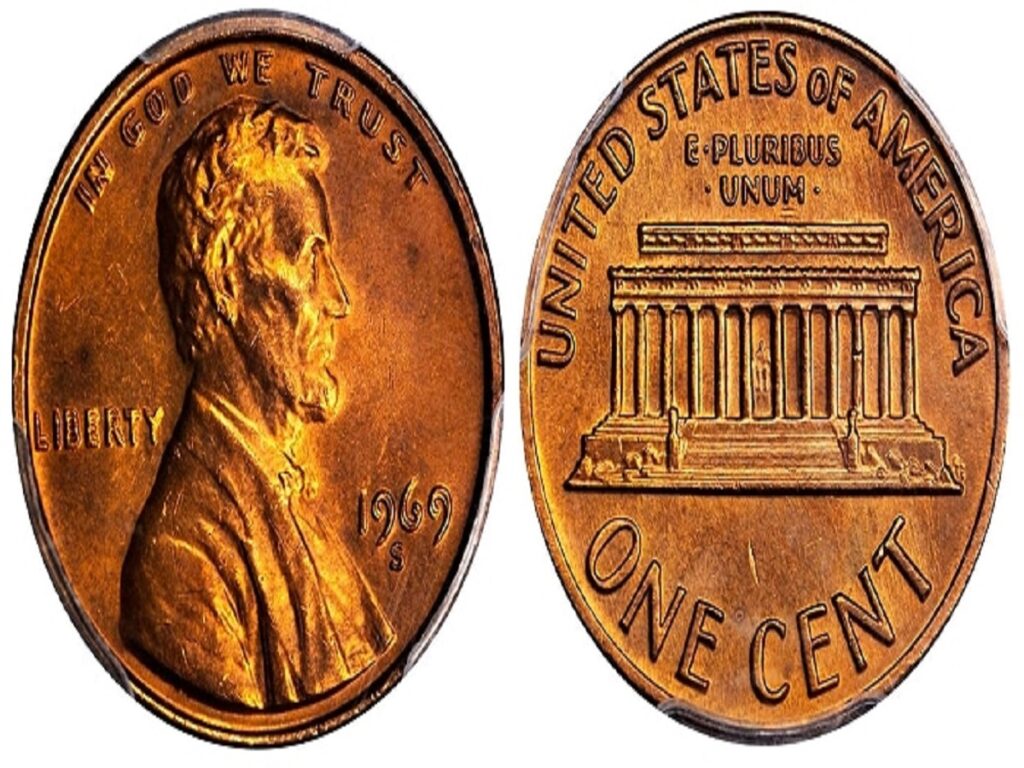
This rare error penny features a dramatic doubling on the obverse, most notably on the date and the words “LIBERTY” and “IN GOD WE TRUST.” Produced at the San Francisco Mint, only a small batch escaped into circulation before detection. Its sharp doubling and limited numbers make it one of the most desirable Lincoln error coins. In circulated condition, it can sell for $25,000 or more, while uncirculated examples command over $70,000. Authenticity is vital, as counterfeits are common, so collectors often seek certified grading for verification.
8. 1914-D Lincoln Penny
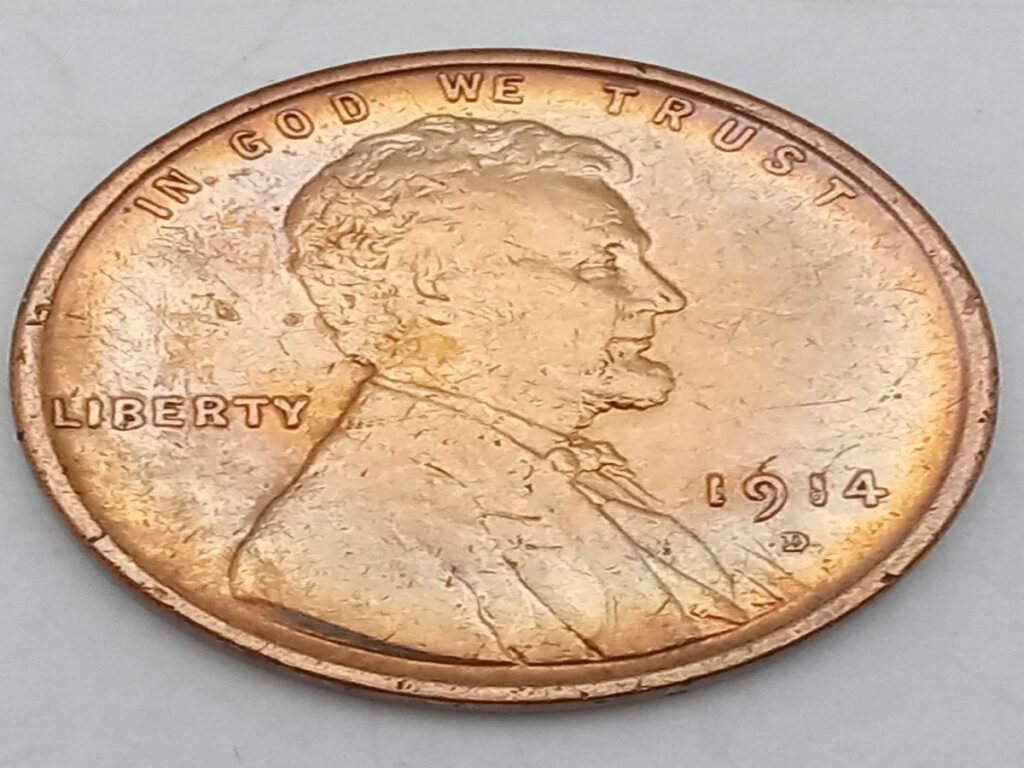
The 1914-D Lincoln Penny is a cornerstone rarity for Wheat Cent collectors. Struck in Denver, only 1,193,000 were minted, a small figure compared to most other years. Many ended up in circulation, and few remain in fine condition today. Its low mintage and historical importance make it a high-demand coin. Prices start at around $200 for worn examples but can climb to $10,000 or more for high-grade pieces. Collectors value it not for an error but for its scarcity and role in completing a full Lincoln Cent set.
9. 1873 Doubled Liberty Indian Head Penny
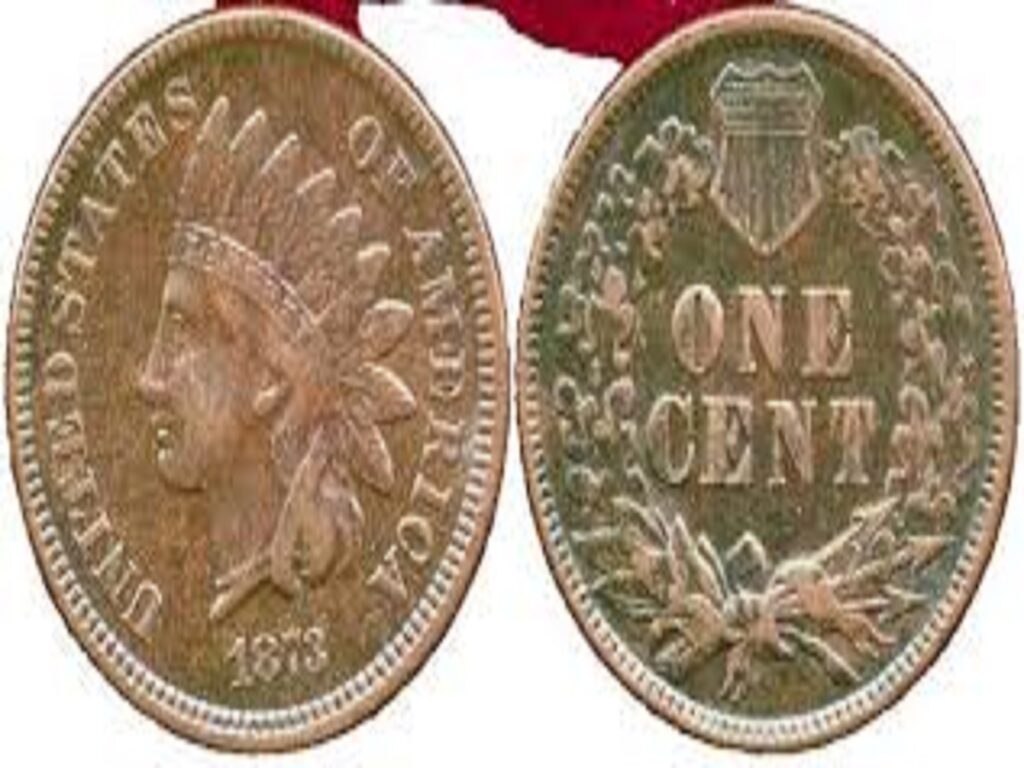
The 1873 Doubled Liberty penny is a rare variation within the Indian Head series. On this coin, the word “LIBERTY” on the headband shows clear doubling due to a misalignment during die preparation. This small but visible detail makes it especially appealing to collectors who seek distinct varieties. It was struck during a transitional year when the Mint adjusted coin design standards, adding to its historical intrigue. Depending on condition, values can range from $400 to over $3,000, with uncirculated examples commanding even higher premiums at auction.
10. 1992 Close AM Penny
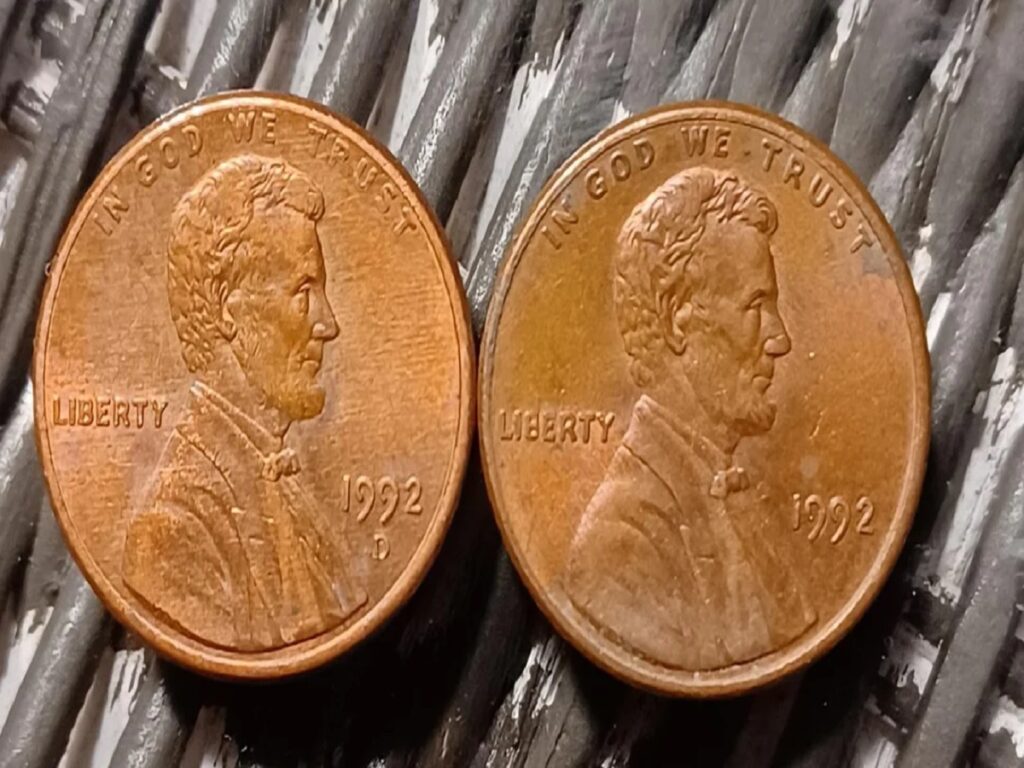
The 1992 Close AM penny looks ordinary at first glance, but hides a subtle minting anomaly. On this variety, the “A” and “M” in “AMERICA” on the reverse nearly touch, unlike the standard design with wider spacing. This happened when the Mint mistakenly used a proof die on circulation coins. Very few were released, and collectors are willing to pay thousands for confirmed examples. A well-preserved 1992 Close AM can sell for up to $20,000. Its rarity lies not in age but in the precision error that went unnoticed for years.
11. 1972 Double Die Obverse Penny
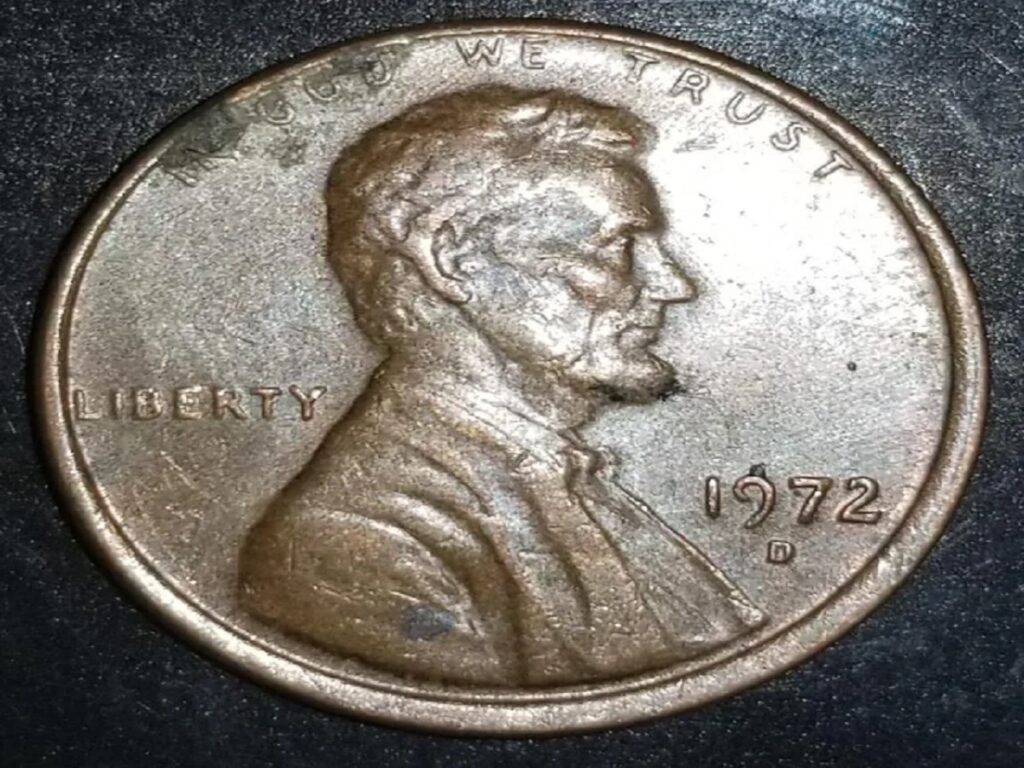
The 1972 Double Die Obverse is another beloved error coin where doubling is easily visible on the date and inscriptions. Over 10 varieties exist, but the strongest one, known as FS-101 is the most valuable. It was created when the coin die struck the design multiple times, slightly off alignment, causing the doubled appearance. Collectors adore its dramatic look and clear error lines. Circulated examples sell for around $100, while uncirculated pieces can fetch more than $1,000. It’s a vivid reminder of how mechanical quirks can turn everyday coins into prized collectibles.
Comments